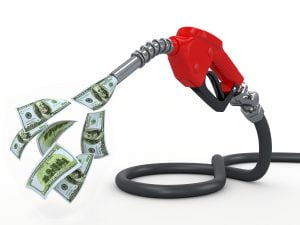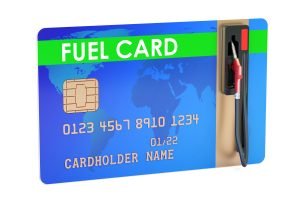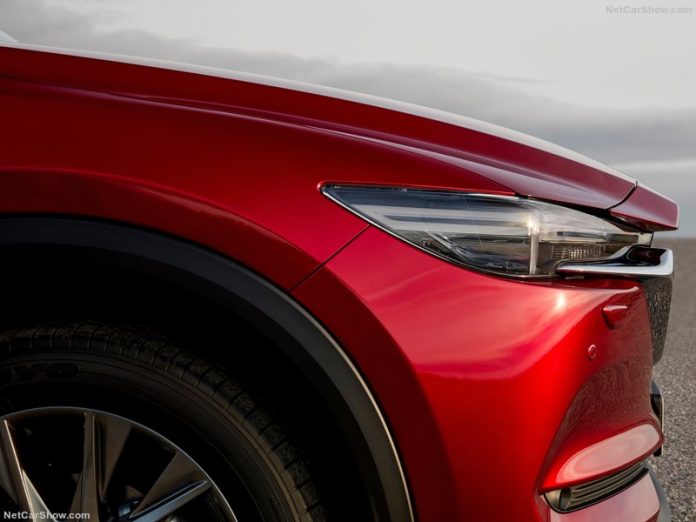If you’re a public service vehicle company operating a large fleet of vehicles, you likely already understand the need to save every single cent at the fuel pump. Since you’re in the transport business, fuel is among your biggest expenses, so it’s only smart to keep it at a minimum as much as you can.

However, even for someone who isn’t running a transport company, the prices of fuel can be high, and this necessitates them to ensure that their budget isn’t strained by high fuel costs. The petroleum industry keeps raising the price of petroleum products, which is reflected in the price of fuel as the government also levies more tax on such products.
So that your fuel budget doesn’t skyrocket, you need to master the following essential tricks and tips on how to save on fuel costs:
- Leverage The Benefits Of Fuel Cards
Many petroleum companies give fuel cards to their clients to make the way they pay for their fuel more convenient. You don’t need to carry cash when you have a fuel card. You can also issue a standing order with your bank so that your card account is credited automatically on a certain date. The options available to you would depend on where you are. For example, the fuel cards in Australia include the EG Fuel Card, Shell Card, and Fleet Card Orange.
There are fuel cards that provide customers with direct pump discounts. This is an especially good advantage if the fuel consumption in your company is high as it will help you save on fuel expenditure. For large volume customers, a fuel company may help you get deals that come with the amount of fuel you purchase. You may also rack up points whenever you use your card, and once you’ve collected enough, you can use them to fuel your vehicle.

- Free Your Car From Clutter
The only things you should keep in your car are an emergency kit and a toolbox. Removing extra weight even as low as 100 pounds can help you achieve fuel efficiency. Therefore, it’s advisable to get rid of unnecessary items such as sports equipment, extra books, and forgotten backpacks. Bike racks and cargo boxes are also sources of additional weight.
If there are things you need to carry or transport, you may mount cargo boxes behind the car. It’s believed that roof-mounted cargo boxes lower fuel economy by up to 17%, while the rear ones go up to 5% only.
- Regularly Maintain Your Car
Regular maintenance of your car will allow you to get rid of filthy spark plugs, connections, and air filters that negatively affect your fuel economy. Strictly follow the maintenance schedule recommended by the car manufacturer so your vehicle remains efficient. Doing so also limits the car’s emission of greenhouse gases. Key areas of focus should be regular replacement of motor oil, air filters, and similar parts.
- Have Enough Fuel To Get To Where You Are Going
It’s a good idea to refill the tank with enough fuel that can take you slightly farther than where you’re going. With that said, you should keep a logbook of your fuel usage. Fill your tank and monitor the amount of fuel you use from point A to B. Take note of that in liters and not the price since prices change. Over time, you’ll be able to determine how much fuel you use for every mile, so you don’t have to fill your tank when not needed.
- Accelerate Gently
How you drive can affect your fuel consumption, so see to it that you do so as smoothly as possible. Always accelerate gently, engaging the highest gear that uses less fuel. When you’re nearing a traffic light, disengage your accelerator before you reach the area where you’re going to stop. This kind of driving not only saves you on fuel but also helps with defensive driving.
- Avoid Engine Idling
It’s believed that when your car engine is running while the car isn’t in motion, your car uses up to half a gallon or one gallon of fuel each hour. This is equivalent to using one or two ounces of fuel every idle minute. Starting the engine of a modern car is easy, so it’s better to switch it off when you know you won’t be moving for a while.
- Use The Engine Start-Stop Button
Avoid having your foot on the clutch when you’re waiting at a traffic light as this consumes more fuel. It’s better to remove your foot from the clutch when at neutral, stop the engine system, and start it when it’s time to move again.
Final Thoughts
In the long run, the tricks and tips outlined above will help you save on the amount of fuel you use and reduce your auto expenses. Use your fuel card more often than cash so you can enjoy the benefits that come with it. Also, remove unnecessary items or accessories like the roof rack from your car and ensure that your vehicle’s well maintained at all times so it can run at maximum efficiency without consuming so much fuel.











